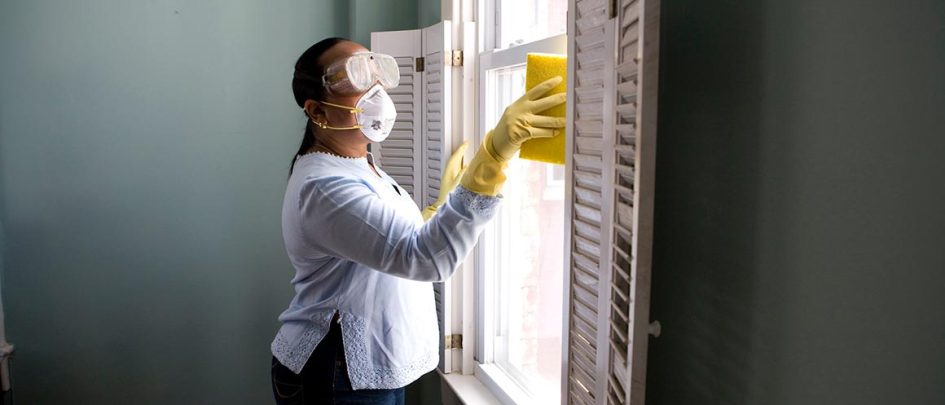The fast fashion industry is one of the most polluting industries in the world. How could something you’re getting a lot of wear out of, be so detrimental to the earth?
The fabrics you’re wearing could be contaminating our oceans, releasing toxic chemicals that leach into the water and our soils. Fast fashion is a growing problem, and although we’re seeing more and more brands; Zara, H&M, Monki (to name a few), focus on organic cotton, this alone simply isn’t enough to counteract the damages caused by the industry. Practising ways to make your wardrobe more sustainable can save you money in the long run as well as helping reduce the waste and damaging footprints that comes with the demand for fast fashion.
Textile dyeing is currently the second largest polluter of clean water globally and polyester, the most frequently used textile material, sheds microfibres with every single machine wash.
So, what can you do to reduce your impact on the environment and make your wardrobe more sustainable?
-
Organise your wardrobe
When it comes to making your wardrobe more sustainable, start by simply organising it. Whether it’s by item of clothing, colour or season, you’ll be surprised at what you might find in there! There’ll be pieces you haven’t worn for years or stuff you thought got lost in the wash.
Using organising methods like Marie Kondo’s folding technique, means you can see the entire contents of your wardrobe with a full view. Nothing will be forgotten about and you might even gain a new perspective on how to style something, fighting off the urge for another unnecessary shopping spree.
-
Donate or sell unwanted clothes
Maybe you’ve accepted that, no matter how long you keep that camo jacket for, it’s not going to come back into fashion – but it doesn’t need to go to waste either. Why not donate your unwanted clothes to a charity, homeless shelter or organise a clothes swap with your friends or colleagues? You can also make money selling your clothes online, there are a number of apps that make it incredibly easy to sell items your no longer wearing.
Textile waste is a huge problem – with clothes taking up to 40 years to decompose. Avoid adding to our growing landfill problem, which is leading to the poisoning of our soils and water. Let your neglected clothes find a new home instead.
-
Repair clothes
The average American throws out 82 pounds of textile waste per year, just THINK of the pairs of jeans, socks or even tights being tossed away.
A hole in your jeans by the knee or on the elbow of your jumper doesn’t warrant buying a brand new replacement. Firstly, distressed anything looks cool, in fact, give it even more wear and tear. But secondly, there’s nothing that a sewing kit won’t fix!
-
Buy second-hand
Did you know that 20,000 LITRES of water is needed to produce just ONE kilogram of cotton? That’s the equivalent to a t-shirt and a pair of jeans.
We can encourage stores to at least slow down their production of plastic bags or unnecessary packaging in online deliveries by shopping second-hand instead. One man’s trash is another man’s treasure after all, so why not scour your nearest thrift shop, or go online to eBay, Depop, Vinted or even Marketplace for hidden gems?
Bonus points: to be extra sustainable, challenge yourself and don’t buy anything new unless you’ve gotten rid of something old.
-
Shop sustainably
Sometimes buying something new is unavoidable, but there’s no need to feel bad if you’re shopping sustainably. There are so many great ethical and sustainable brands out there, with many more emerging too. Even bigger brands are starting to change their values. Just be extra cautious of brands that are greenwashing. Here’s how you can get label savvy.
-
Shop less, wear more
With fast fashion a continually growing industry, and brands without sustainability at the forefront of their beliefs thriving, we need to do everything we can to fight the demand and protect our planet. While a shopping spree from time to time might seem like fun, we hope that you will join us in considering the impact of impulse purchases.
Avoid unnecessary stains
Period stains are the worst, right? Protect the clothes you love with period products that provide effective protection
Find out more
Do you have any tips for a more sustainable wardrobe? Let us know in the comments below.












